|
0 Comments
The Crimson Topaz is one of my favorites to photograph especially when natural light is great. So when I saw this male relaxing out in the open I took my chance.
The Fork-tailed Woodnymph is seen on a daily basis in Kabalebo. But to catch the radiant color on this small gem is another story. Most of the time you will see a small dark hummingbird near blossoming branches. Even when the sun is out, you won't always see his bright colors. I guess it is all up to this little guy if he wants to show it. When I saw this Woodnymph resting on a Monkey brush vine, it was playing time. One moment you will see just dark colors and the next you will see green and purple. I surely had fun photographing this little guy.
Two young Crimson Topazes perched on a small branch. Both still lacking the two extended tail feathers. One still developing some facial feathers. When the sun wasn't fully exposed it even looked like they had dark and brown colors, which is an illusion. First time too that I've seen two young males sitting together.
The Black-eared Fairy has a funny way of hovering. They are almost in horizontal pose when they are right in front of a flower or blossoming tree. But it could also be that it was in the moment. The Black-eared Fairy seldom gives me enough time to take my shot.
When I took this shot of the Fork-tailed Woodnymph, I accidentally shot the little bee too. A nice way to show you how little the Woodnymph is. Also you can see why they are called Fork-tailed, just check the tail.
The Reddish Hermit is one of the smallest hummingbird I've met so far in Kabalebo. Silently he 'ambushes' a Fajalobi bush, enjoying the sweet nectar this flower produce. It can take a while before he decides to be at the right spot, 'cause if you decide to move around chances are he will fly away. But patience is always rewarded.
Nesting season for the hummers; today we take a look at the Rufous-breasted Hermit's nesting.
It is the nesting season of the hummingbirds; today it is all about the Black-throated Mango.
The Fork-tailed Woodnymph is a resident of Kabalebo; one that doesn't like to show off his true colors to the outside world.
Here you can see how a young male Crimson Topaz will change into a mesmerizing young adult. Enjoy reading.
The Reddish Hermit, the second smallest hummingbird in Kabalebo, is a proud mother of 2. I witnessed the incubation/feeding period for the second time.
The Crimson Topaz (Topaza pella) is best known for his colorful appearance. And you'll see why.
|
Archives
June 2024
Categories
All
|

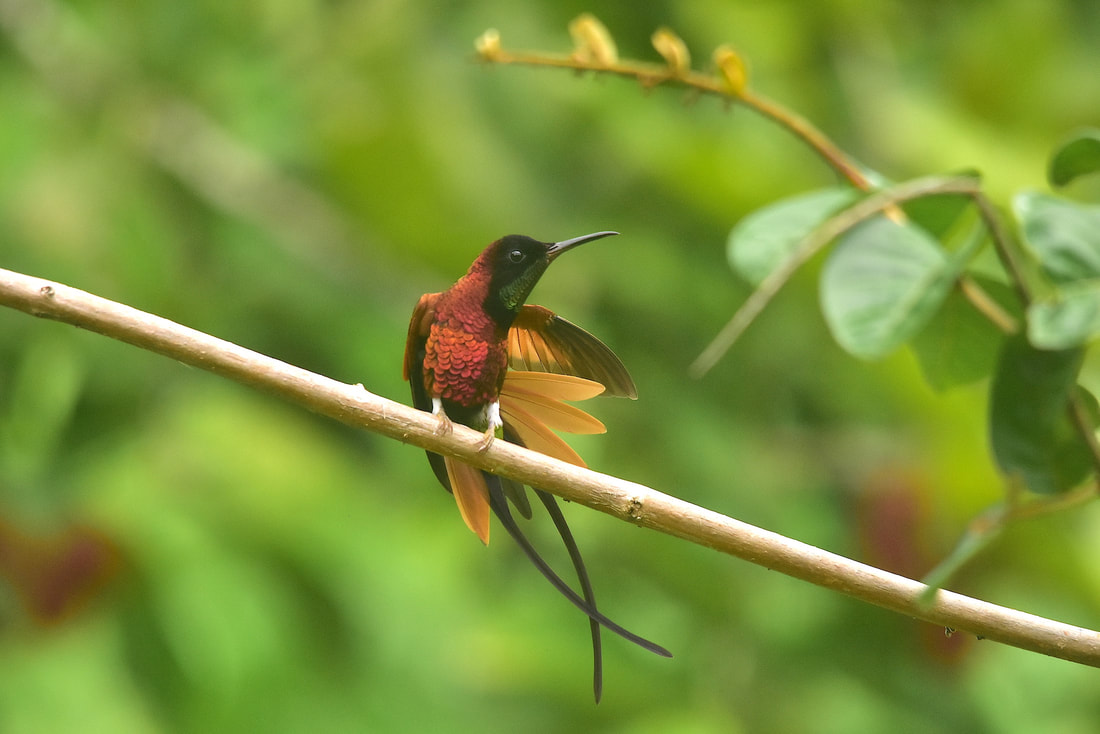
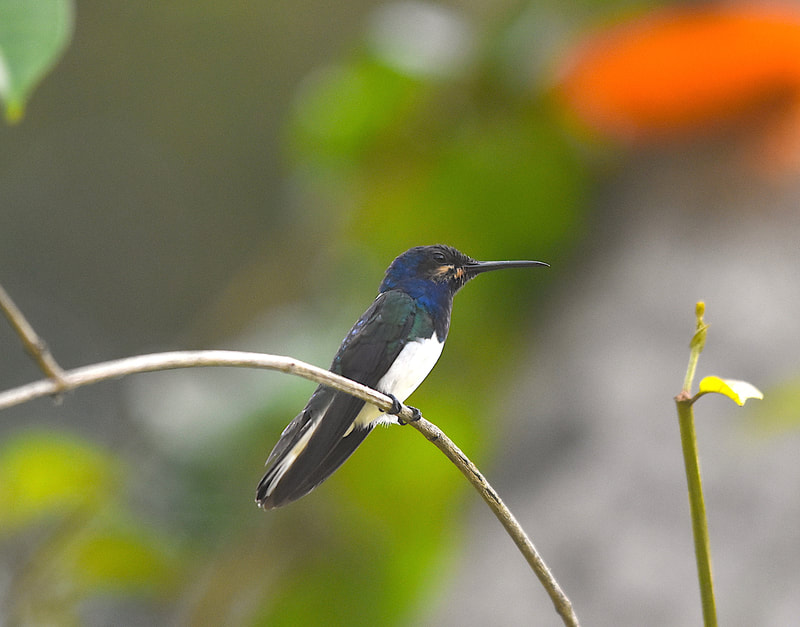
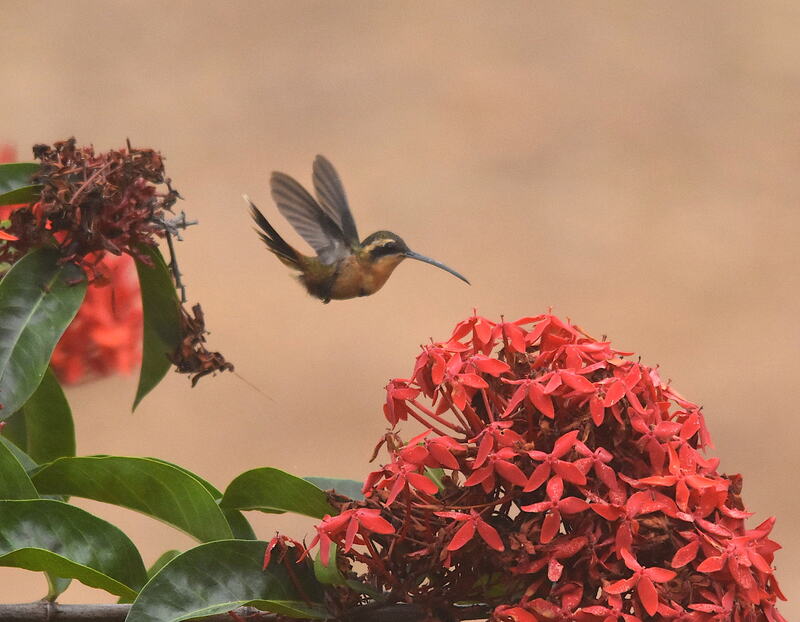

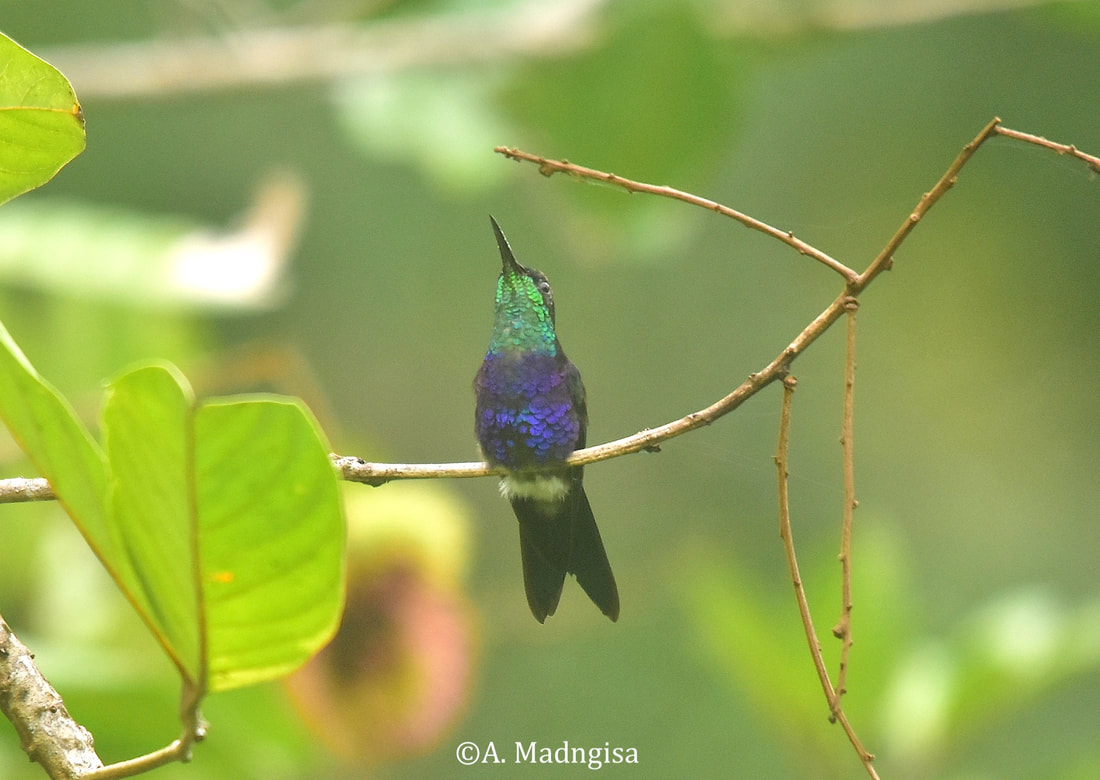

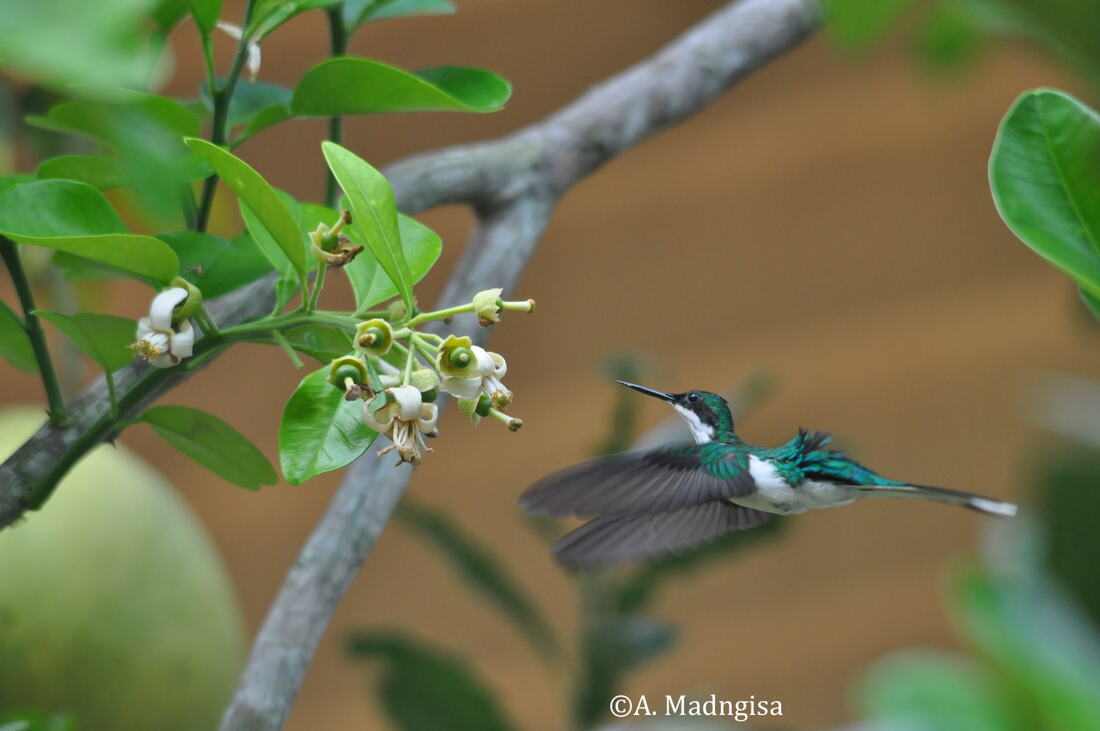
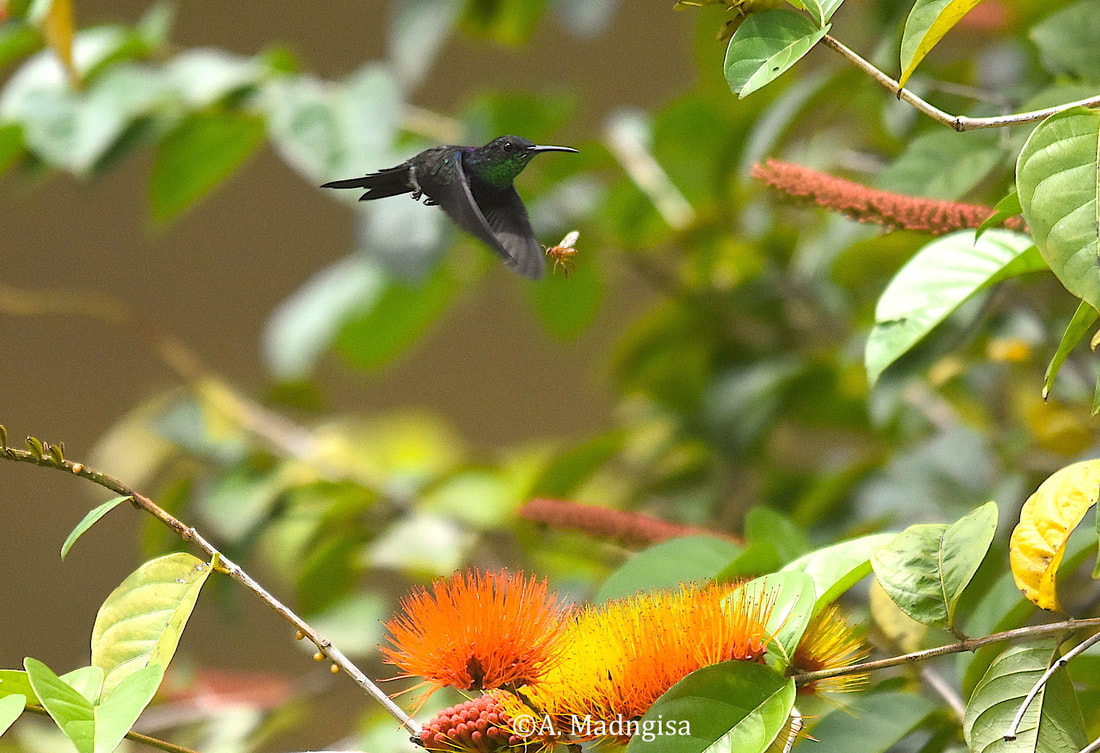
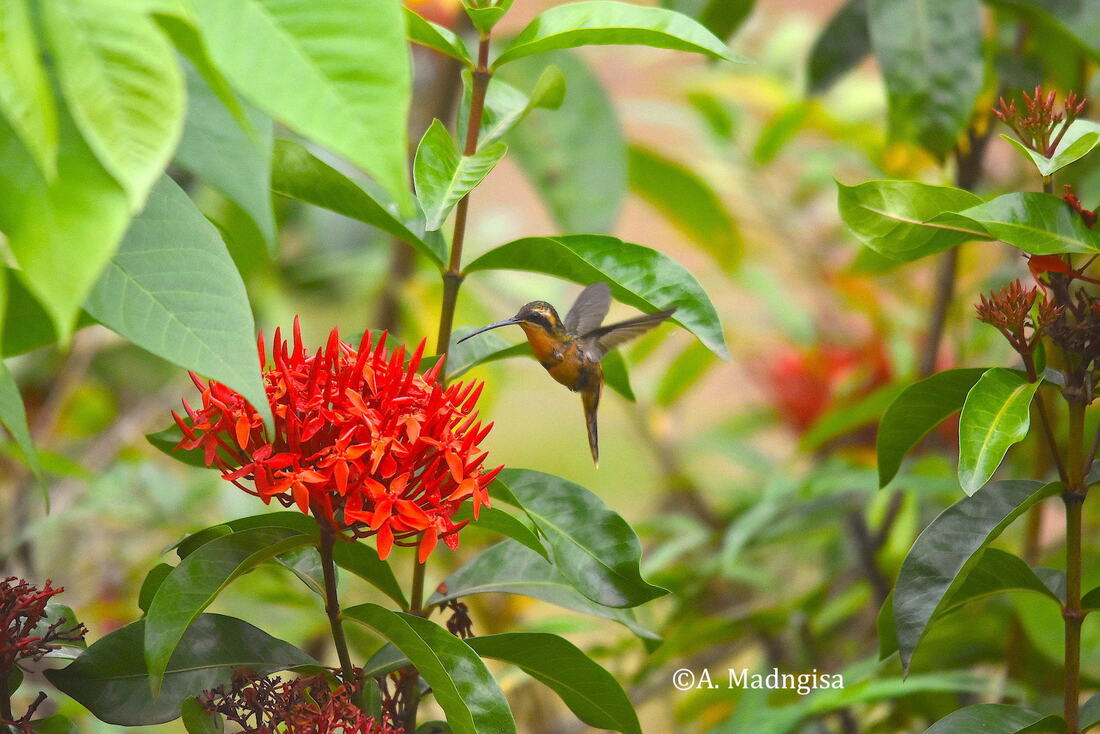

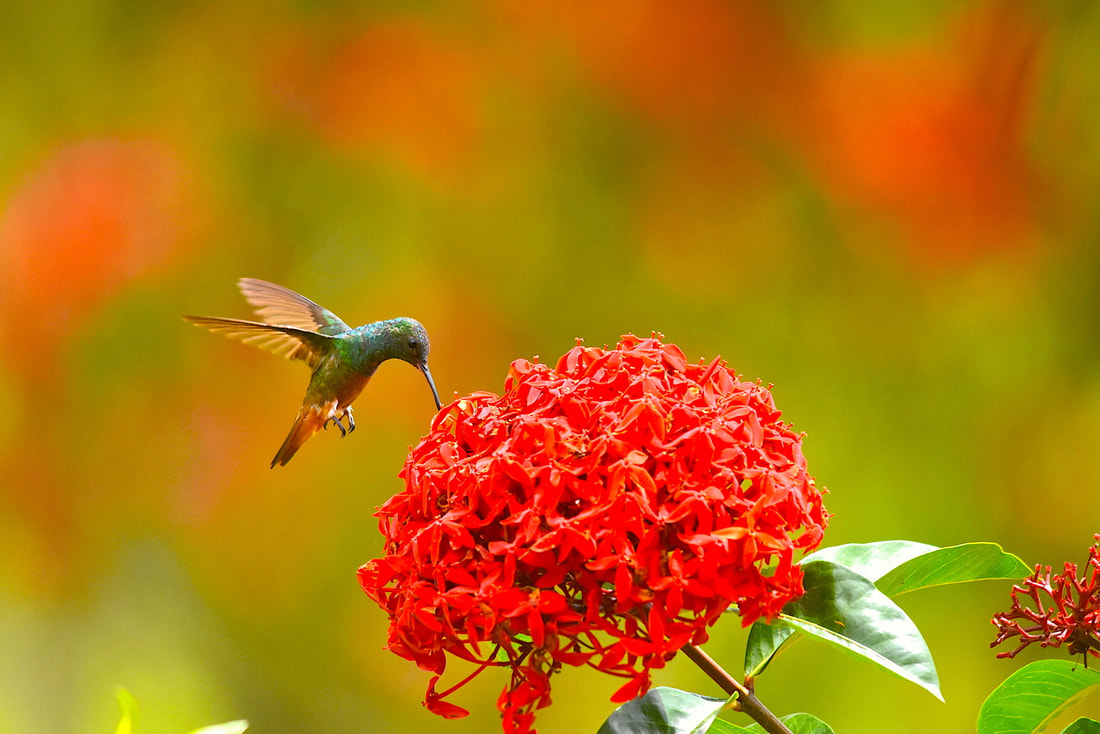
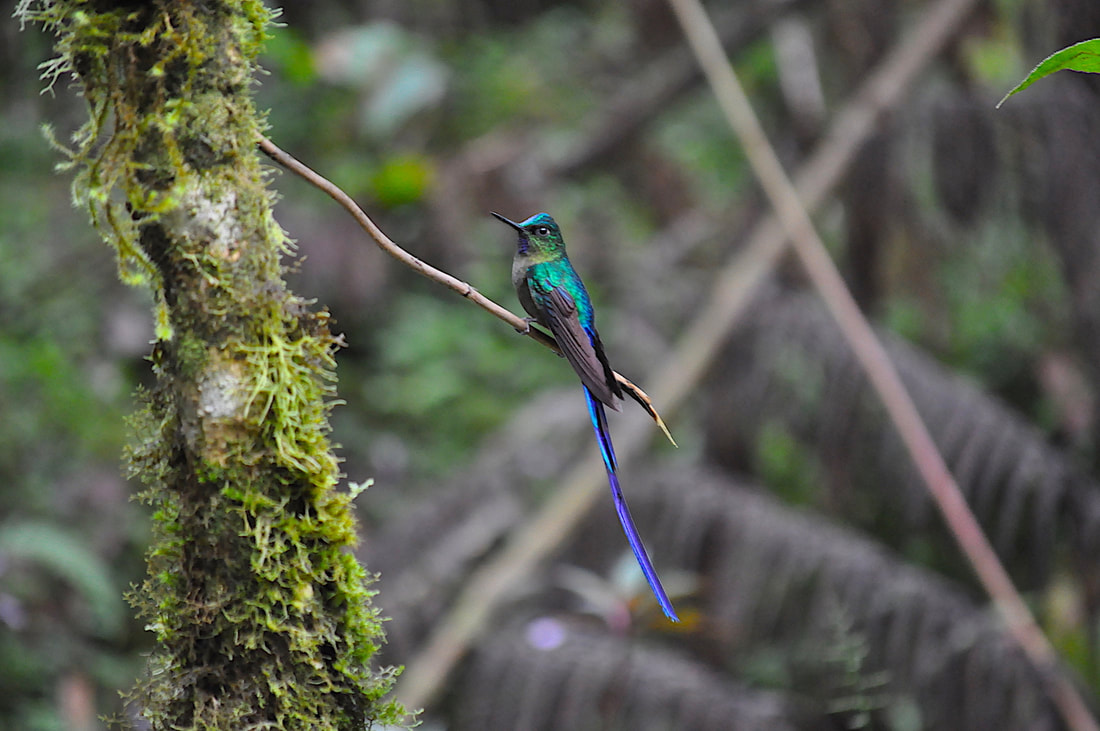
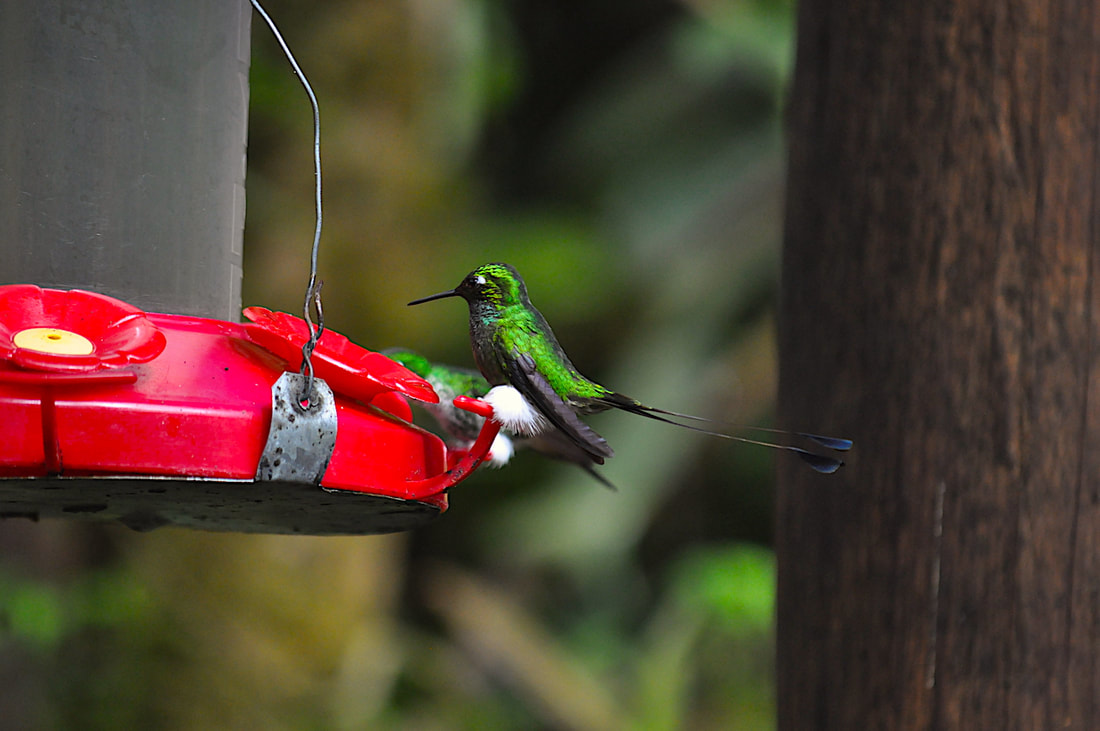
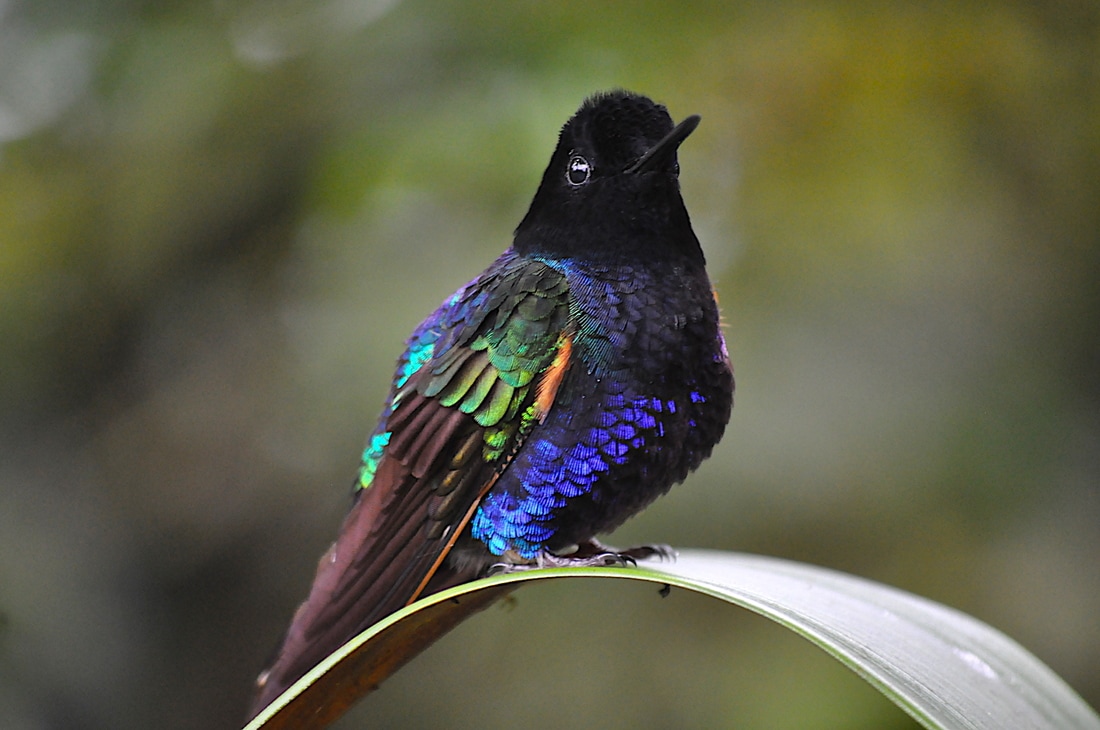
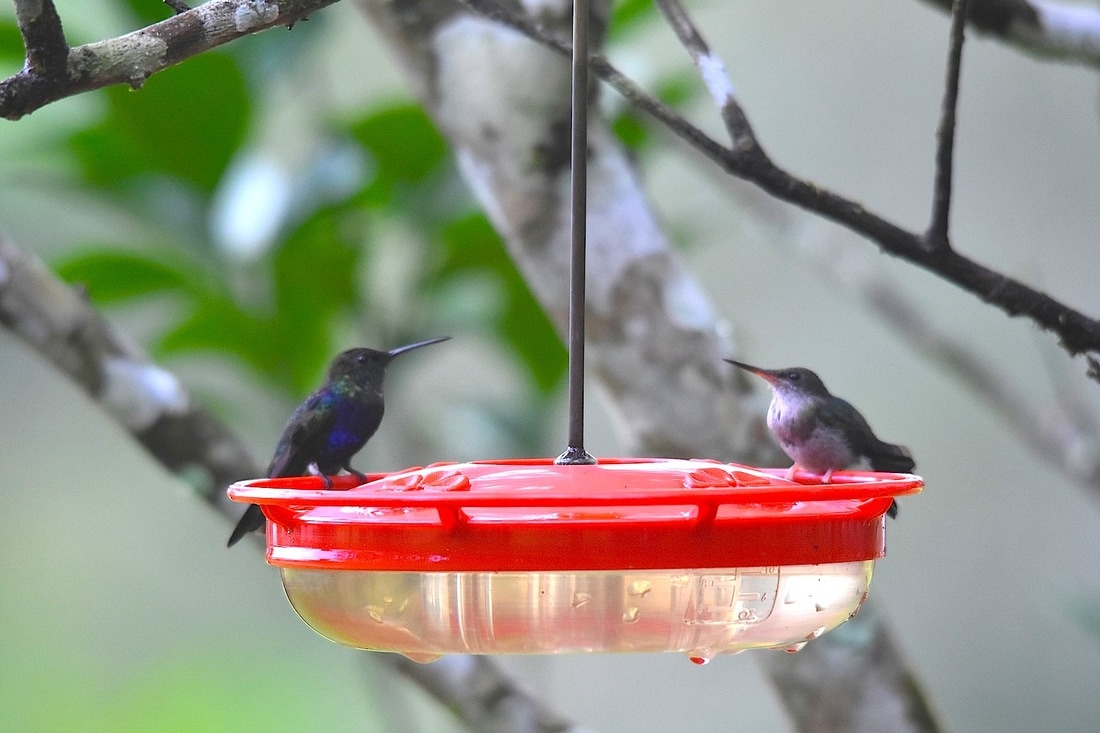
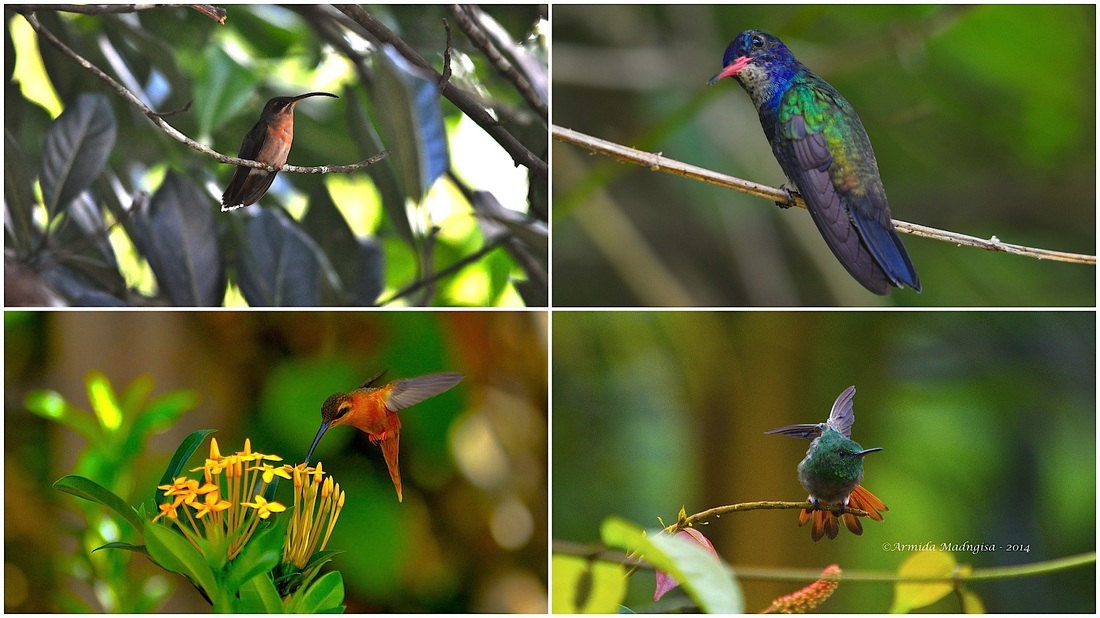
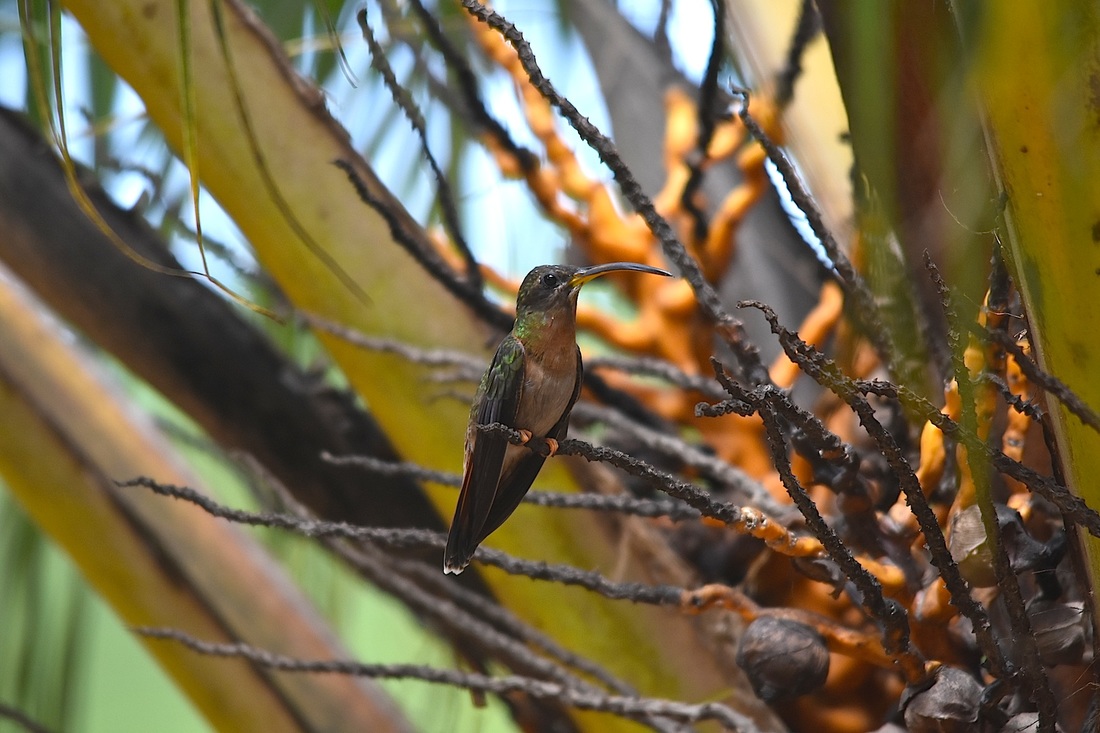
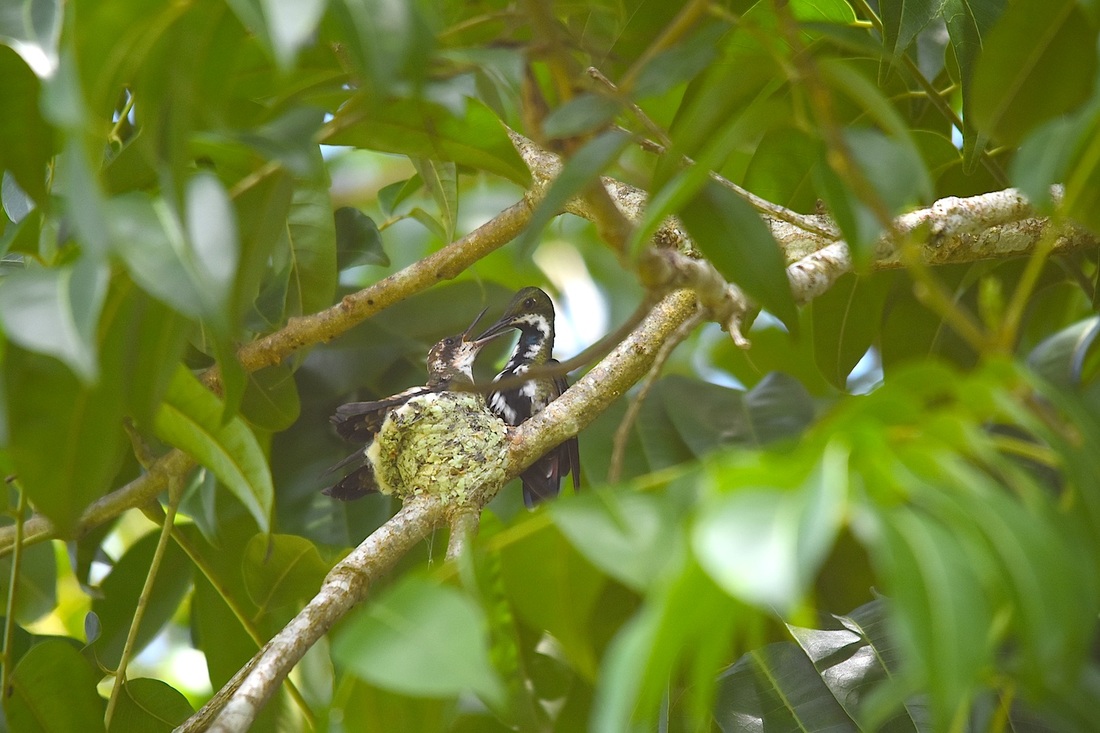
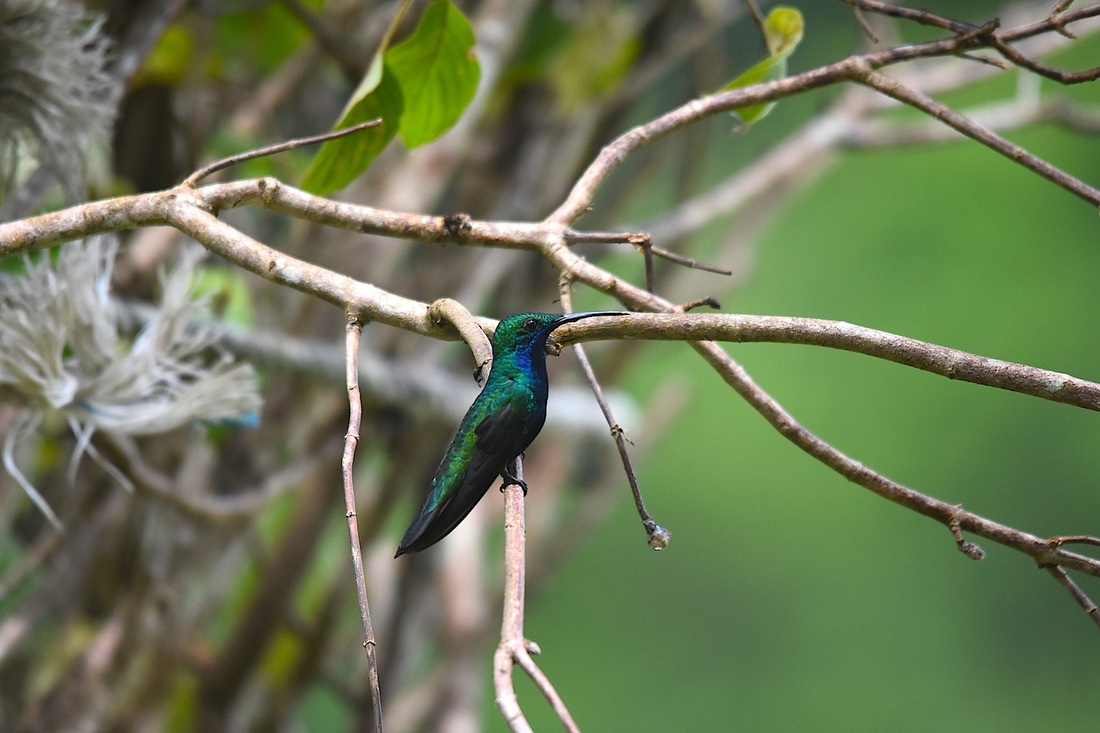
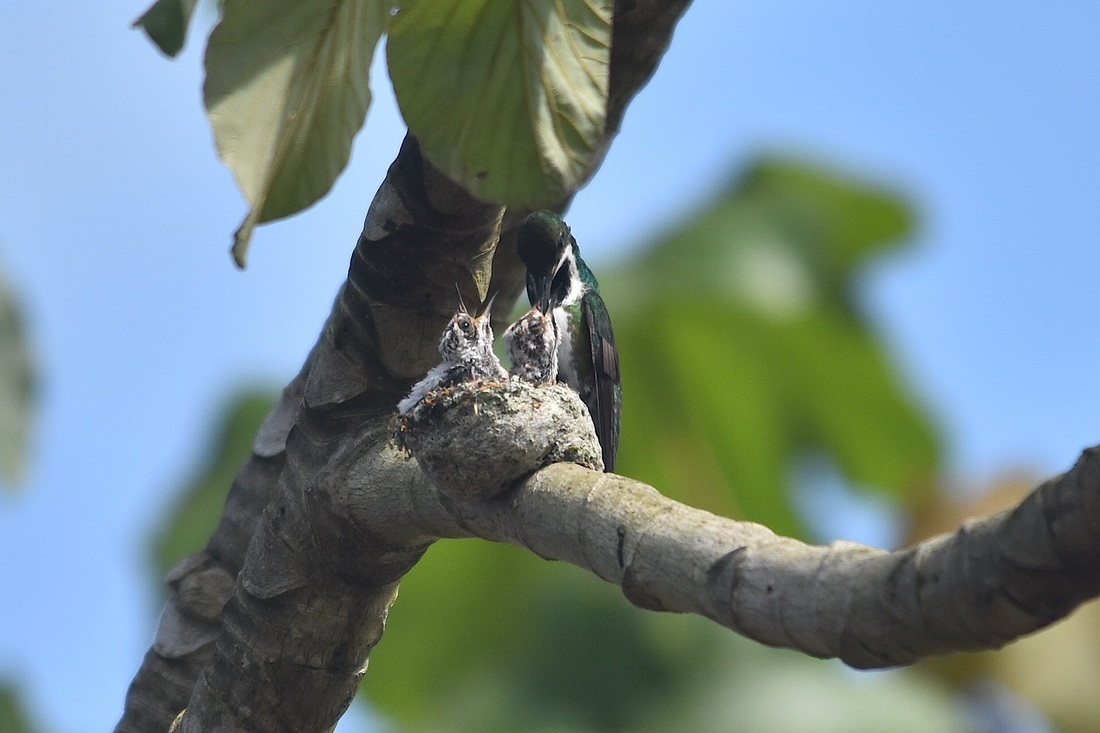

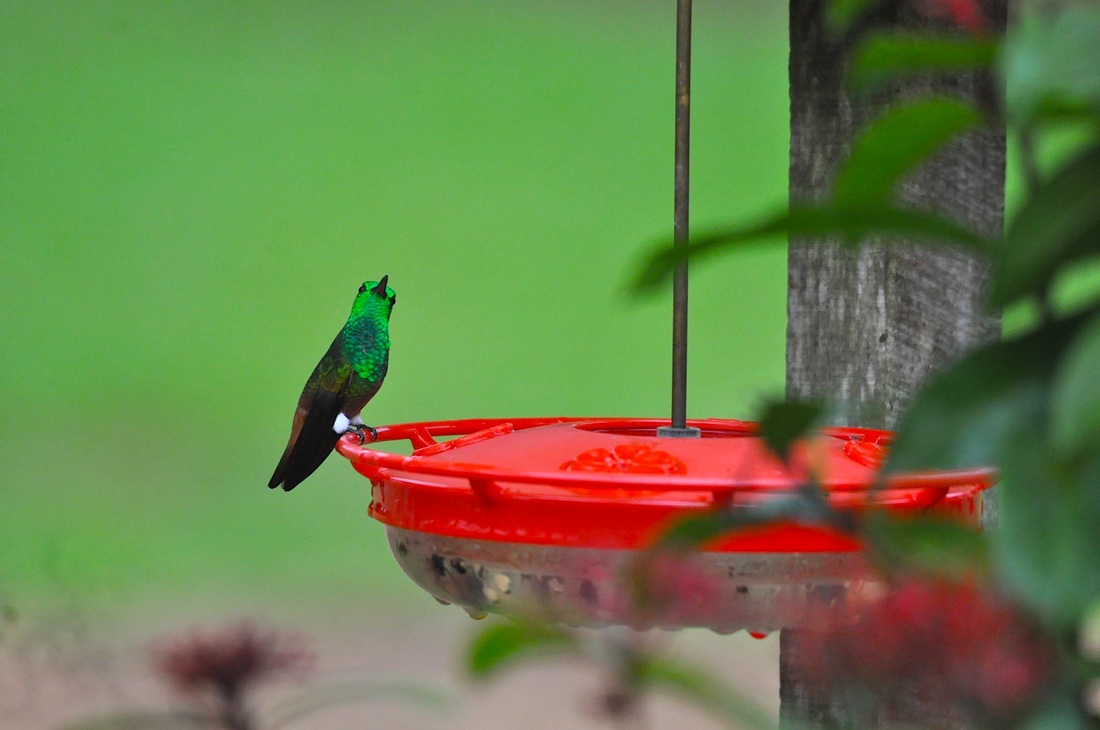
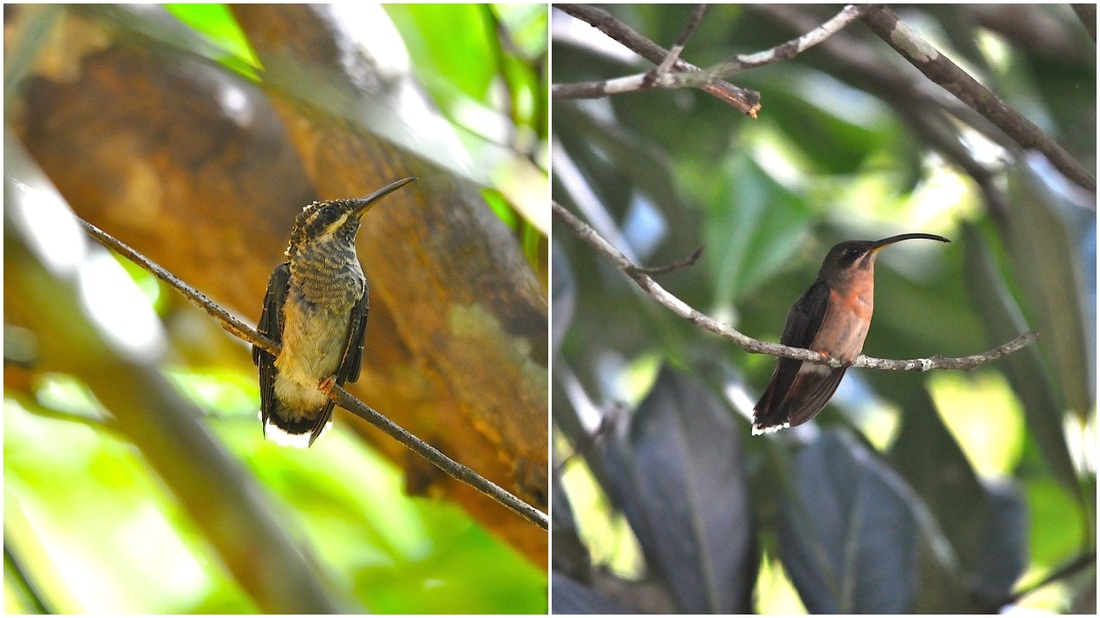
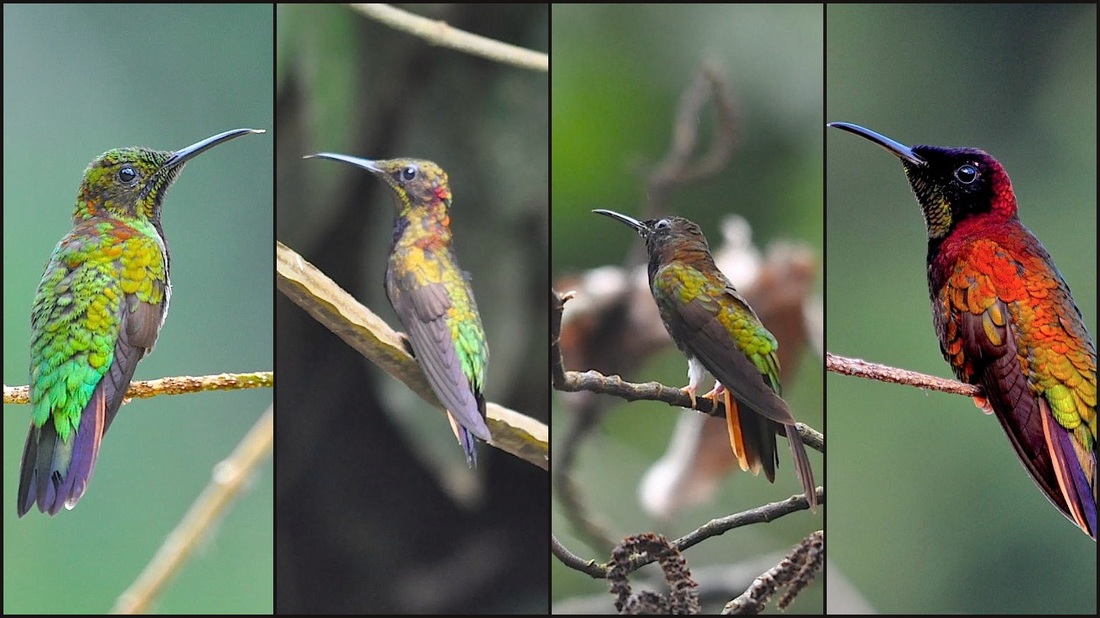
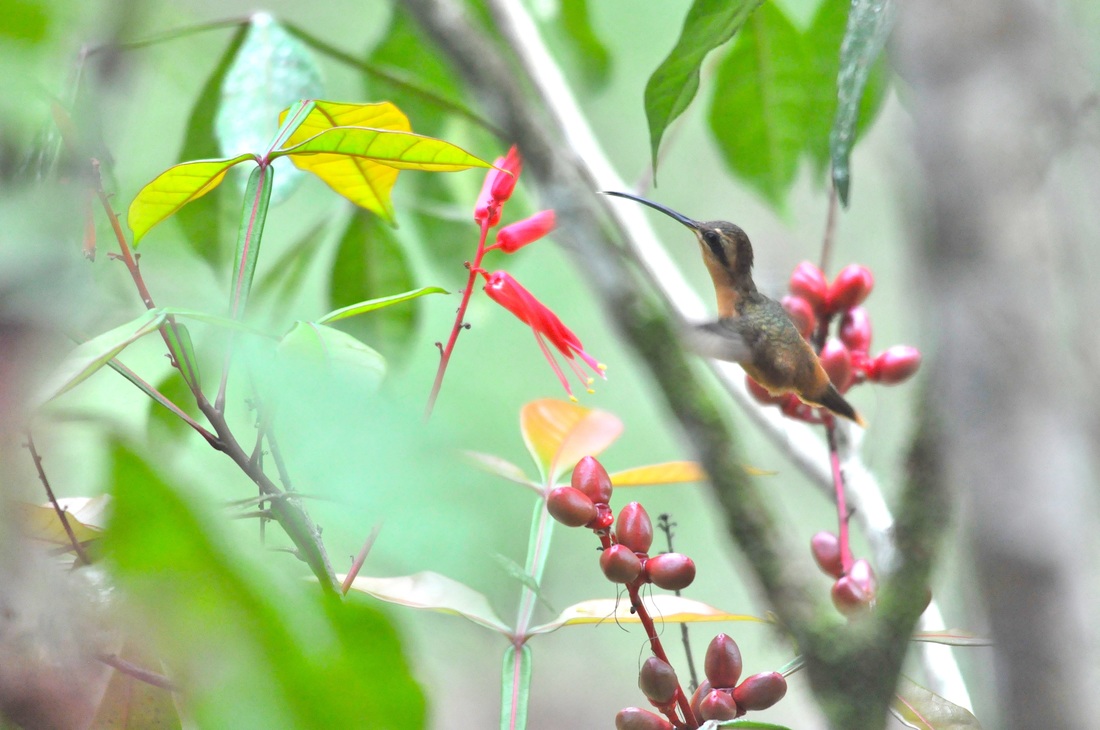
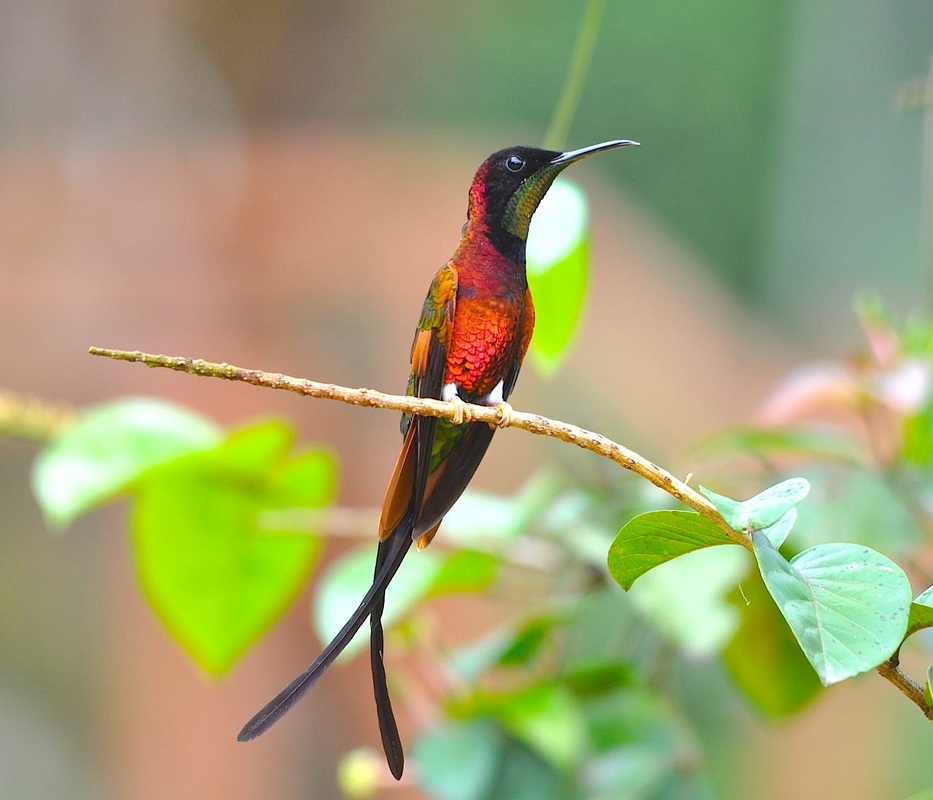
 RSS Feed
RSS Feed